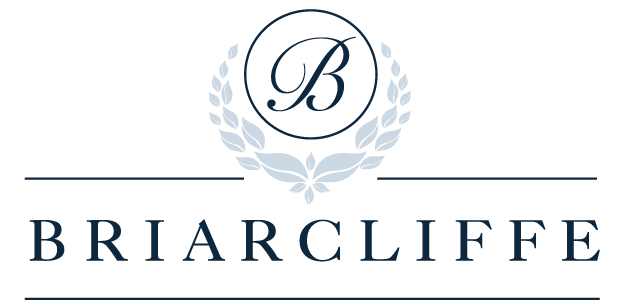Finding the Right Level of Care for a Fulfilling Life
- Home
- The Briarcliffe Blog
- Finding the Right Level of Care for a Fulfilling Life

- By: Courtenay Clifford
- The Briarcliffe Blog
- No Comments
As we journey through life, it’s essential to consider our future living arrangements carefully, especially as we age. Selecting the right level of care can significantly impact our well-being and quality of life. In this blog post, we’ll explore various factors to consider when making this important decision.
Research and Reputation:
Before making any decisions, it’s crucial to research and evaluate the reputation of the facility you’re considering. Additionally, consider the reputation of the facility’s parent company, if applicable. Look into how long the business has been operating and its financial stability. These factors can provide valuable insights into the quality of care you can expect.
Continuing Care Communities:
Continuing care communities offer a range of housing options, from patio homes to small apartments, catering to various lifestyles. These communities provide an instant network of people, activities, and services as needed. Monthly fees vary based on the level of service, but becoming a resident eliminates the need to search for new housing as health needs change. In these communities, you can choose to be relieved of responsibilities like maintenance, cooking, and cleaning, or you can opt for independent living.
Active and engaged seniors often thrive in these communities, where a variety of activities and experiences are available week after week. As residents require more assistance, most life care communities offer assisted living and skilled nursing care options on the same campus, simplifying transitions.
Life Care Retirement Communities:
Life care retirement communities provide a similar experience to continuing care communities but with an entrance fee in addition to the monthly service fee. This structure allows you to limit the cost of future assisted living or nursing home care. Residents typically move in while still being able to live independently, and the buy-in is often partially refundable over several years. Monthly fees remain stable, even after a move to assisted living or skilled nursing.
This financial planning aspect can bring peace of mind, especially considering the rising costs of skilled nursing care.
Assisted Living Facilities:
Assisted living facilities offer more hands-on care in specific areas while allowing residents to maintain independence in other aspects of their lives. Staff members are available to assist with medication management, nutrition, and personal hygiene as needed. Residents can receive the help they require in one area while enjoying independence in others.
Skilled Nursing and Memory Care Facilities:
Skilled nursing and memory care facilities provide 24-hour medical attention by skilled professionals, including registered nurses, licensed practical nurses, and certified nursing assistants. Memory care is a specialized form of long-term, skilled nursing designed for patients with Alzheimer’s disease, dementia, and other memory-related issues.
The Importance of Early Planning:
When researching your options for the future, site visits are crucial. Ask questions, seek advice from friends, family, professionals, and individuals who have already made the transition. The level of care and cost structures can vary significantly, so educating yourself is paramount to making an informed decision.
Begin this process early, as rushing into a decision can lead to compromises and dissatisfaction. Don’t assume you’ll never need a higher level of care; think ahead, make a plan, and avoid leaving such a critical decision to chance.
Remember, the end of independent living doesn’t have to mark the end of living. Getting the right level of care can be a blessing and can lead to a longer, more fulfilling life. Like my husband’s grandmother, you can find joy and contentment in receiving the care that matches your situation. So, take heart and plan for a future that enhances your well-being and quality of life.
We are always here to help. Reach out to us 401-965-2005 or find us on the web at courtenay.clifford.com
View More Information With Our Free EBook! Click The Link For More Information: https://designrr.site/?i=vhvs&t=b4a618

